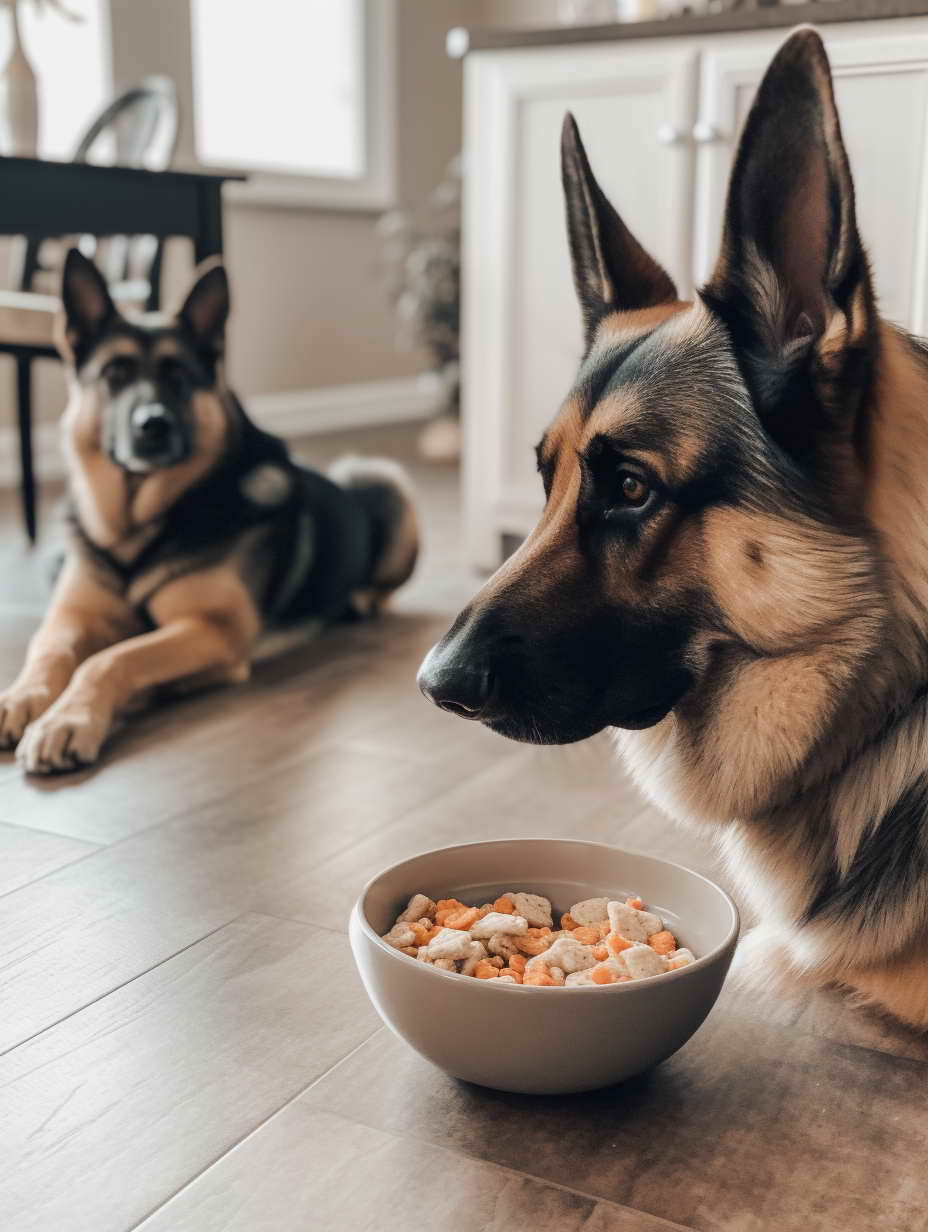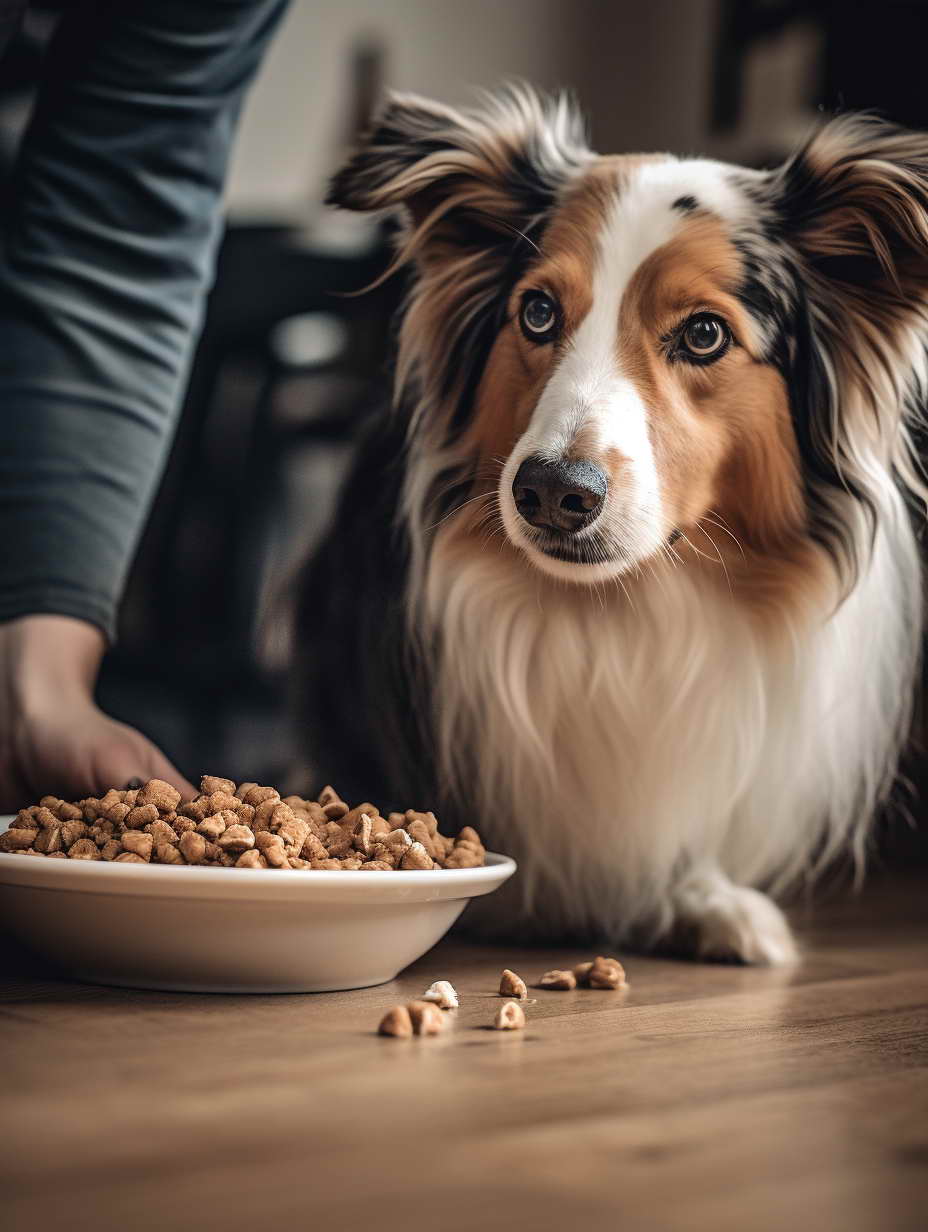No Dog Food What Can I Use: Exploring Nutritious Alternatives
In a pinch and wondering, “No dog food, what can I use?” We’ve got you covered with creative, safe, and nutritious alternatives. Your pup’s health and happiness are our top priorities, and we’ll share expert insights to ensure you’re making the best choices for your furry friend.
Introduction
Our loyal canine companions rely on us for sustenance and love. But what happens when you run out of dog food unexpectedly? Don’t fret; this article is here to guide you through the best alternatives to keep your four-legged friend satisfied.
No Dog Food What Can I Use? Exploring Nutritious Alternatives
When you find yourself in a situation where you have run out of dog food, it can be a bit daunting. After all, our four-legged friends rely on us for their daily nourishment. But fret not; there are several nutritious and safe alternatives to keep your dog’s hunger at bay. In this section, we’ll delve deeper into these alternatives and explore the best ways to feed your pup when your dog’s food supply runs low.
1. Cooked Chicken
One of the go-to options for many pet owners facing the “No dog food, what can I use?” dilemma is cooked chicken. It’s a fantastic source of lean protein and is usually easy on your dog’s stomach, making it an ideal choice for a quick meal replacement. However, there are a few crucial considerations to keep in mind:
- Boneless and Skinless: Ensure that the chicken is boneless and skinless. Cooked bones can splinter and cause harm to your dog’s digestive tract, while the skin may be too fatty.
- Plain Preparation: Cook the chicken without any seasonings, spices, or sauces. Dogs have sensitive taste buds, and certain seasonings can upset their stomachs.
- Moderation: While chicken is an excellent source of protein, it should be offered in moderation. Too much protein can lead to digestive issues.
2. White Rice
White rice is another staple that can serve as a substitute for dog food in a pinch. It’s gentle on your dog’s stomach and provides essential carbohydrates to keep them energized. Here’s how to use it effectively:
- Plain and Well-Cooked: Prepare white rice without any additives or flavorings. Dogs don’t need additional spices or ingredients.
- Mix with Protein: For a more balanced meal, consider mixing the white rice with cooked chicken or another lean protein source.
- Digestive Aid: White rice can also be helpful if your dog is experiencing digestive upset. It’s often recommended as part of a bland diet for dogs with stomach issues.
3. Scrambled Eggs
Eggs are a readily available source of protein that many dogs enjoy. Scrambled eggs can be a lifesaver when you’re out of dog food. Here’s how to serve them safely:
- No Additives: Scramble the eggs without adding salt, pepper, or any seasonings. Dogs are sensitive to sodium, and certain spices can be harmful.
- Portion Control: While eggs are nutritious, they should be given in moderation. Too many eggs can lead to excessive fat intake.
- Avoid Raw Eggs: It’s essential to cook the eggs thoroughly. Raw eggs can contain bacteria like salmonella, which can be harmful to dogs.
4. Peanut Butter
Peanut butter is a favorite treat for many dogs, and it can be used as a temporary food solution. However, not all peanut butter is created equal:
- Unsalted and Sugar-Free: Opt for unsalted and sugar-free peanut butter. Some peanut butter brands contain xylitol, a sweetener that is toxic to dogs.
- Use Sparingly: Peanut butter is high in calories, so use it sparingly. You can use it as a treat or for stuffing toys to keep your dog mentally stimulated.
5. Canned Tuna or Salmon
Canned tuna or salmon in water can be a nutritious option for your dog. These fish are rich in omega-3 fatty acids, which are beneficial for your dog’s skin and coat. Here are some considerations:
- Water-Packed: Choose canned tuna or salmon that is packed in water, not oil. The oil can be too rich for your dog.
- Occasional Treat: Use canned fish as an occasional treat rather than a primary source of nutrition due to its potential mercury content.
6. Sweet Potatoes
Sweet potatoes are a healthy and tasty choice for dogs. They are rich in vitamins and fiber, making them an excellent addition to your dog’s diet. Here’s how to prepare them:
- Boiled or Baked: Sweet potatoes can be boiled or baked. Avoid using butter, oil, or seasoning.
- Dice for Snacking: Dice the sweet potatoes into small pieces for a convenient and nutritious snack.
By exploring these alternatives, you can ensure that your dog stays well-fed even when you run out of dog food unexpectedly. Remember to monitor your dog’s response to these new foods and consult your veterinarian if you have concerns about your dog’s diet or if you frequently find yourself in a “No dog food, what can I use?” situation. Your dog’s health and happiness are paramount, so making informed choices is essential.

Frequently Asked Questions
Do you have questions about what to feed your dog in a pinch? We’ve got answers:
- Can I give my dog leftovers from my meal? Yes, but be cautious. Avoid foods high in salt, spices, or garlic, which can harm your dog.
- Is it safe to feed my dog vegetables? Absolutely! Many vegetables like carrots and green beans make excellent, low-calorie snacks.
- What about fruits like apples and bananas? Yes, in moderation. These fruits offer vitamins and natural sweetness but remove seeds and peels.
- Can I use canned soups or broths? Choose low-sodium options and dilute them with water before serving to reduce salt content.
- Should I consult a vet if I run out of dog food frequently? Yes, it’s a good idea. Your vet can recommend suitable alternatives based on your dog’s specific needs.
- How can I ensure my dog gets a balanced diet in emergencies? Rotate between different alternatives, and consider purchasing emergency dog food for your peace of mind.
Conclusion
Running out of dog food can be stressful, but with the right alternatives, you can keep your furry friend happy and healthy. Remember that your dog’s well-being is paramount, so make informed choices.
Ensure you maintain a balanced diet, monitor your dog’s reaction to new foods, and consult your vet when necessary. By doing so, you’ll always have a plan for “No Dog Food What Can I Use.”

Leave a Reply